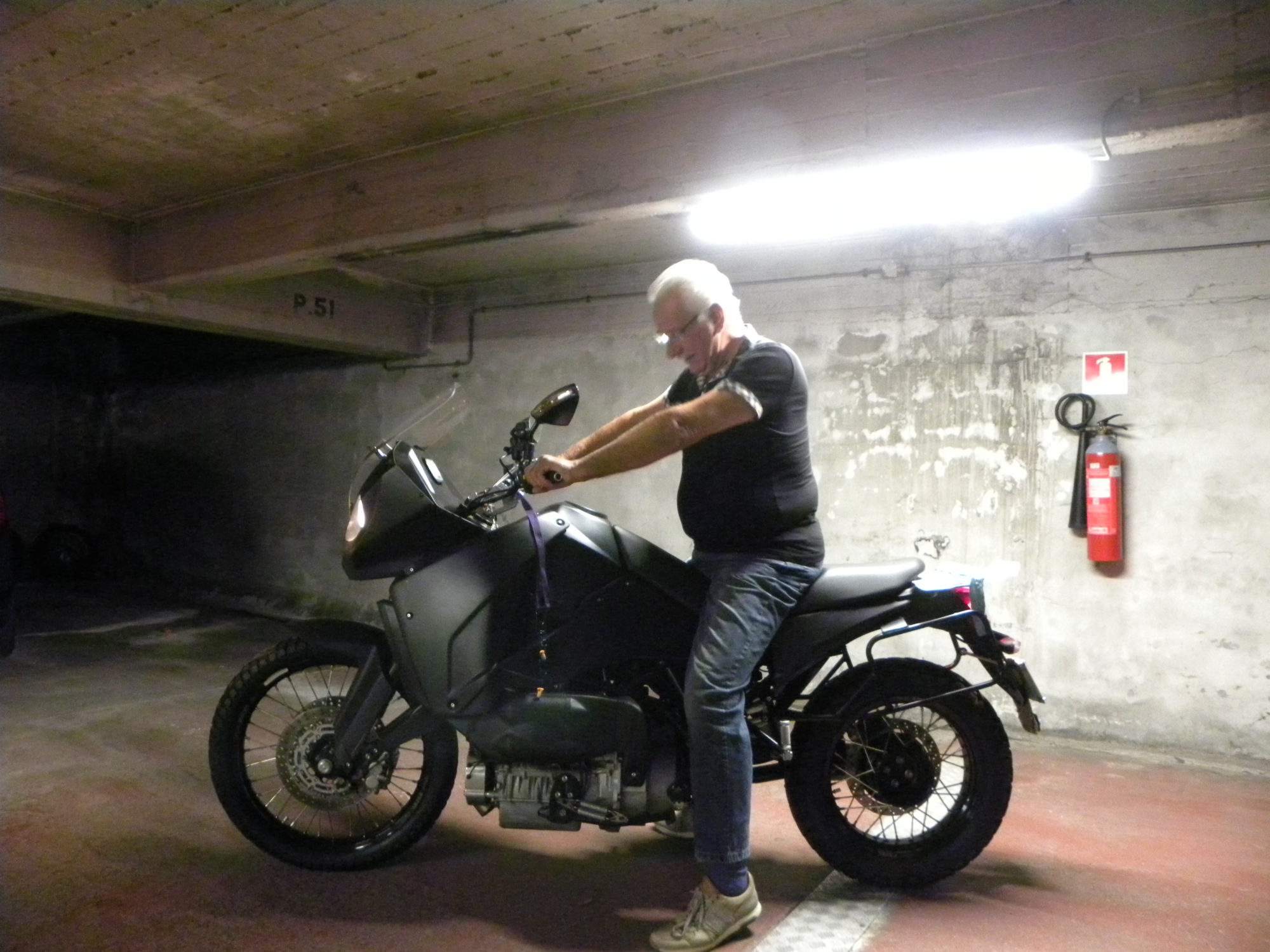In the early days of 'something new', everyone bravely tries everything. That is the 'cowboy time'. Just think of the internet from just a few years ago. Then the market crystallizes and stabilizes. Then come the managers and marketers and life becomes boring and predictable and you get motorcycles with two hundred horsepower and with more computer capacity than the moon lander had. Dull…
At the beginning of the last century, motorization started to get going. The new concept was widely adopted and the future was bright. And motorcycles were clearly the future! That was also the idea that came up with a whole bunch of Dutch people.
And while JD Carley Senior was the original father of the rotary or wobbling engine, in 1904 Dopper had invented and made the first diesel motorcycle and in 1932 Juncker brought an electric motorcycle onto the market. All important inventions therefore come from the Netherlands. Yes!
Motorcycles and their future
That fine vision of the future inspired, from say 1900 until the second half of the fifties, at least more than 30 (!) Dutch companies to make motorcycles. More than 30 Dutch motorcycle brands. And only Eysink and Sparta (plus the Van Veen OCR 1000) are at the twilight edges of our collective memory. So there are many more Dutch 'motorcycle brands', but those were mainly competition engines with 'letter names' built in minimal series and in which the builder's name was the proud axis that was all about. That abbreviations happened in that little world was sometimes quite unusual, such as with the famous FPT Specials of the unique driver / rascal rommeller / controller Rob Bron. When an impressed reporter from a local Drenthe magazine asked him timidly what the impressive abbreviation FPT stood for on his competition motor, the inimitable Amsterdammer from Vechtstraat explained that with a steely face to the journalist: FPT stood for “Whistle, shit, tralala ”.
The Dutch brands
What name is still good for an "Oh yes!" moment? Altena, Batavus, BMI, Burgers, Carley, Cyrus, DMF, Dopper, Unicorn, Entrop, Eysink, Fama, F = ongers, Gazelle, German, Hinde, Hoenson, Huisman, Juncker, Captain, Kestein, Lloyd, ISE, Meyer, New Rapid, Otten's Motor, Simplex, Sparta, Viercolor, Volcano and Wilhelmina. Yet each of those brands started with the idea of doing gold business and making history.
Most of the Dutch motorcycle production consisted of 'small stuff'. From motorcycles as motorcycles were intended: affordable motorized transport. The numbers were so small that the engine blocks (and engine blocks) were obtained from foreign suppliers such as JAP and JLO. In order to distinguish itself in a very busy market, the slogan 'Koopt Vaderlandsch Product' was used in the context of marketing 1.0. 'If you buy Dutch goods, we help each other' and 'Don't buy abroad, what your own country offers you' were of course also very strong slogans. They were to no avail.
Altena, A. van Altena
But long before that time, in the very beginning of motorcycling, there was a company that was the first to start making motorcycles in the Netherlands. Its name appropriately began with the first letter of het alfaBet: Altena. And at Altena they made their own engine blocks. The company was also involved in the construction of bicycles, automobiles and motor boats. The Altena motorcycles scored at fairs and in competitions. Customers wrote praises about the reliability of their Altena's. Up to England. Although of course the British themselves produced plenty of 'Vaderlandsch Product'. But for the Netherlands, the cry held.
Well, it's just how you get it
The fact that Dutch Opportunism played a role in this was demonstrated by the Hoenson 250 cc two-stroke twin from the mid-fifties. That was simply the same motorcycle that the German Express made, but with a different tank and absolutely Dutch stickers. It did not help. NV Internationale Motoren en Rijwielfabriek from Haarlem was a 'motorcycle manufacturer' between 1954 and 1955.
All in all, the Netherlands has never become a second England or Japan when it comes to motorcycle. Our home market was too small and the range of foreign engines was impressive.
There have been a few phenomenal bursts such as the Van Veen OCR 1000 and the (diesel) Track 800.







Wasn't it the Track T800? A nice concept with an MBenz Smart Diesel AND a variable size. Could be next to a Daf as soon as he is old. No idea how Track came to an end. Any idea?? Was perhaps a good army engine for the US because of the 1 fuel policy. Was I also thought an economical engine that needed little maintenance and was built for the laagege (world travelers) distance.
Was a strange story to me. The builder - Erik Vegt - was vague about it, but there must have been an investor behind it. But there were simply no buyers. After all, adventurous motorcyclists always go for it safe; they score a BMW GS. And to be able to supply defense, you need a NATO stock number, an iron lobby network and endless patience and bribes. On the other hand, passion is often the strong investor. The diesel from Startrwin has also been paid for from scratch